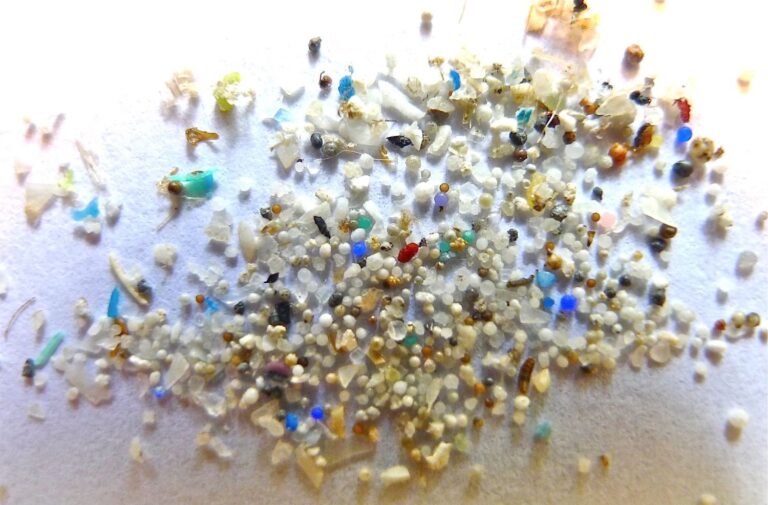
In a landmark move, the Biden administration has finalized stringent restrictions on perfluoroalkyl and polyfluoroalkyl substances (PFAS), often referred to as “forever chemicals,” in drinking water. This significant regulatory step aims to address widespread contamination and ensure safer drinking water for millions of Americans.

The newly established rule marks the first national limit on PFAS in drinking water. Set by the Environmental Protection Agency (EPA), the regulation mandates utilities to lower concentrations of certain PFAS to the minimum detectable levels. This action is expected to benefit approximately 100 million people by reducing exposure to these hazardous chemicals, which have been linked to various serious health issues, including cancer.
The rule specifically targets two common types of PFAS—PFOA and PFOS—capping them at 4 parts per trillion. It also sets limits on three other PFAS compounds to 10 parts per trillion. Utilities will now be required to conduct regular testing and notify the public if these chemicals exceed safe levels.
The implementation of these limits is not without its challenges. Water utilities, particularly smaller community systems, face significant financial burdens due to the high costs associated with upgrading treatment facilities. The EPA estimates that the rule will cost about $1.5 billion annually, but argues that these expenses are justified by the potential health benefits—preventing nearly 10,000 deaths and substantially reducing the incidence of PFAS-related diseases.
In response to financial concerns, some support is available. For instance, the manufacturer 3M has agreed to a settlement exceeding $10 billion to aid affected water providers. Additionally, the Bipartisan Infrastructure Law allocates billions more to address PFAS contamination.
While health advocates have lauded the EPA for its firm stance on PFAS limits, some water utilities and industry representatives argue that the costs are prohibitive and could lead to significantly higher water bills for consumers. Legal challenges are anticipated as stakeholders continue to debate the implications of the rule.
Public sentiment is also mixed. For many, the regulation boosts confidence in the safety of public water systems, but for others, it introduces new anxieties about water quality and the effectiveness of local water management.
As the Biden administration enforces these pioneering limits on "forever chemicals," the nation enters a new phase of environmental health governance. While the rule presents logistical and financial challenges, its potential to enhance public health could represent a critical advancement in managing environmental pollutants. As the situation evolves, continued dialogue among regulators, industry leaders, and the public will be essential to navigating the complexities of PFAS regulation and ensuring safe drinking water for all Americans.











